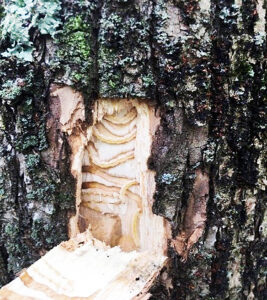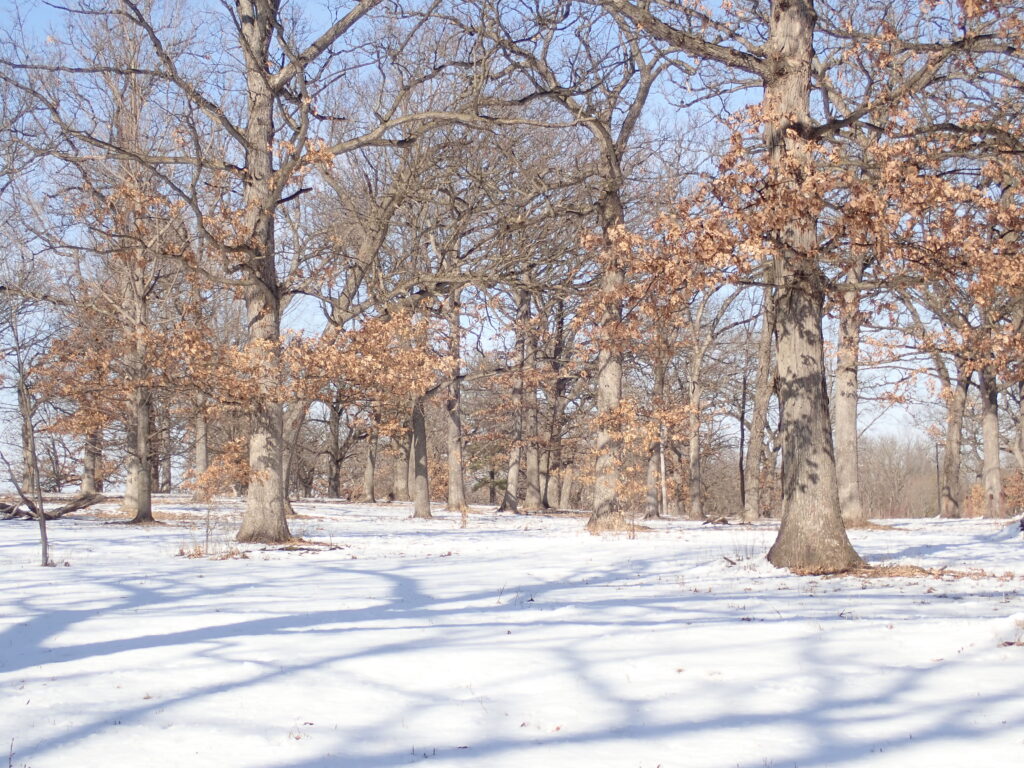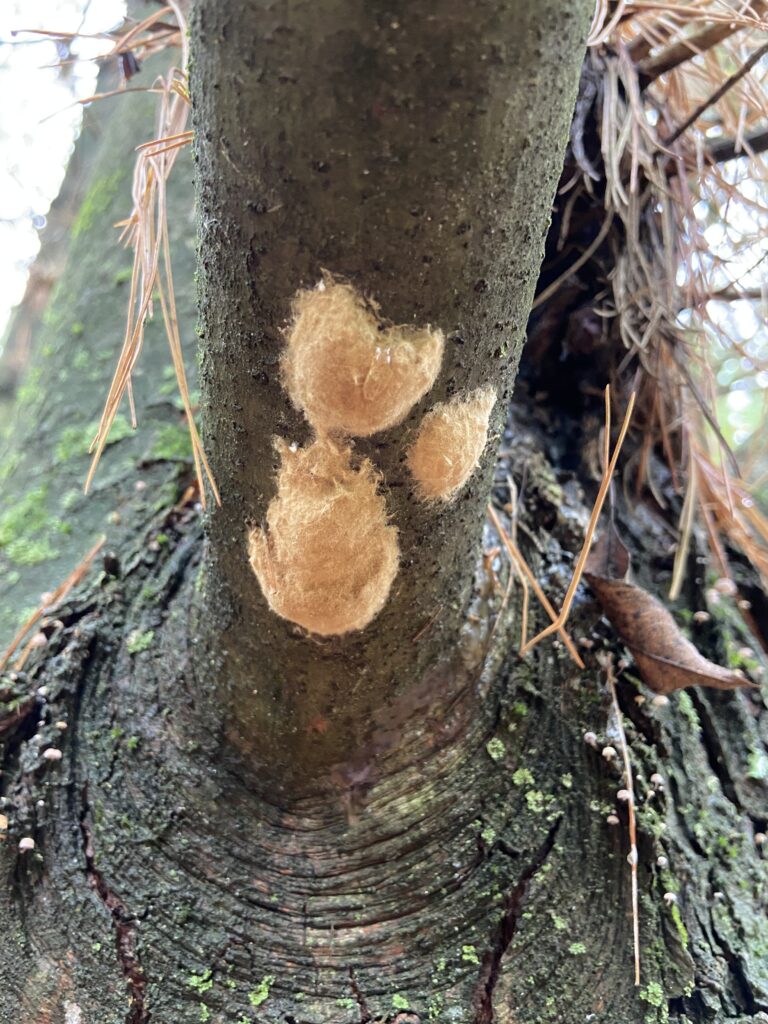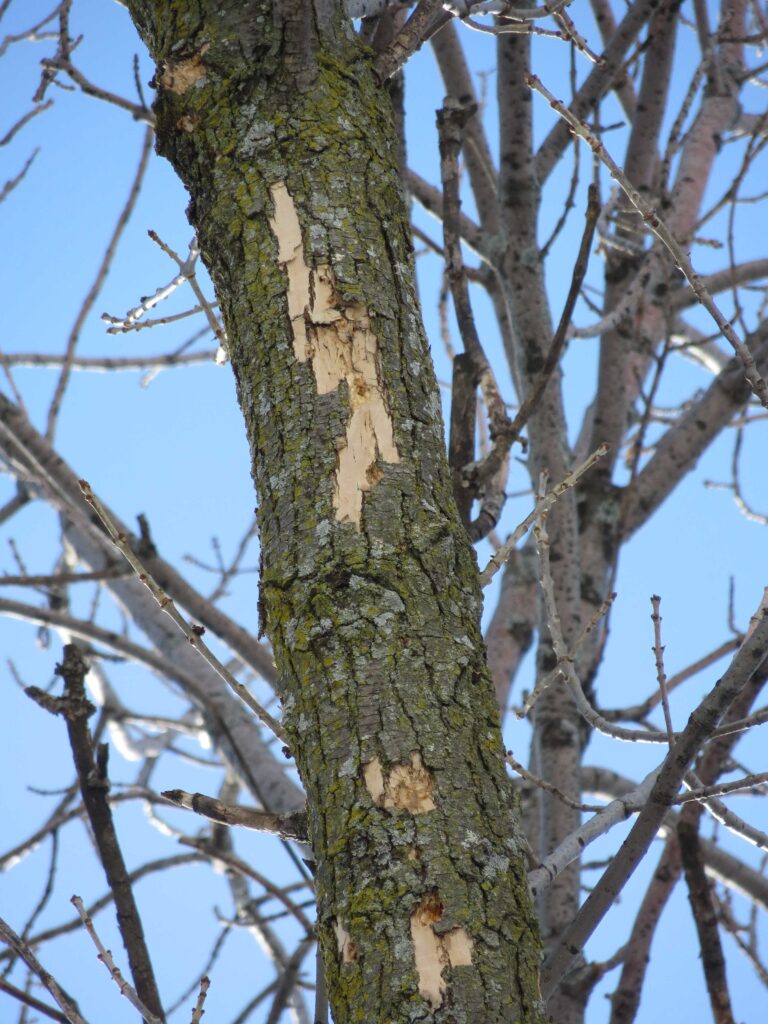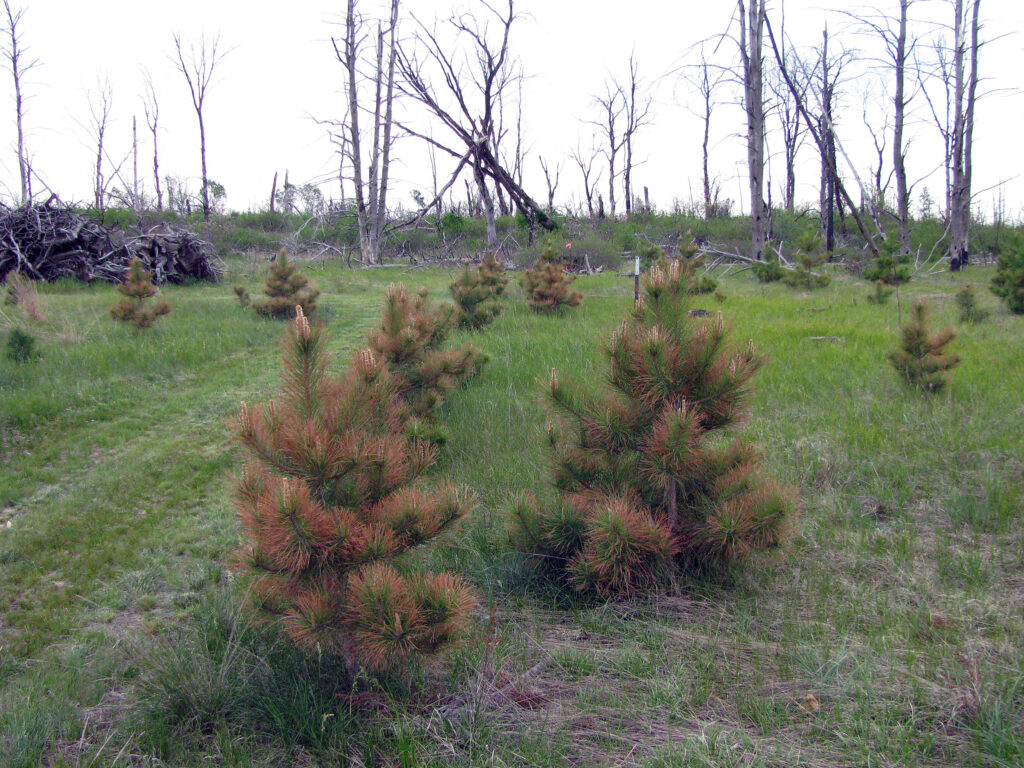
Minor to moderate damage to white pine needles caused by winter desiccation. Photo: Wisconsin DNR
By Michael Hillstrom, DNR Forest Health Specialist, Fitchburg
michael.hillstrom@wisconsin.gov
Winter damage is one of the most commonly reported tree issues in early spring. The damage may be minor, such as off-color needles that are quickly replaced, but could be as severe as partial- or whole-tree mortality.
Winter desiccation occurs when conifers begin photosynthesizing on warm, windy days in late winter or early spring. Conifers may dry out in these conditions if they use their stored water and cannot replace it because the ground is still frozen.

